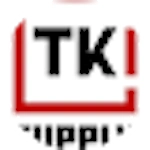With the new year, now is the perfect time to review your current social media strategy and make adjustments if needed.
With careful planning and thoughtful execution, businesses can use the above strategies to craft an effective social media strategy that will help them reach their goals in 2023 and beyond!
This blog post will help you understand the best practices for crafting an effective social media strategy in 2023 so that you can make the most out of your online presence. Let’s dive right in!

Understanding Your Target Audience
It all starts with understanding your target audience. Knowing who you are trying to reach is key to crafting an effective social media strategy.
What platforms do they use?
Before you can begin crafting an effective strategy, you need to understand the platforms your target audience is on. Different platforms cater to different demographics, so it’s important to know who your customers are and where they spend their time online. For example, if you’re looking to reach a younger demographic (18-34), then Snapchat/Instagram/Twitter are better choices than Facebook.
What content resonates with them the most?
Once you know your target audience, it’s time to create content that appeals to them. This means developing content relevant to their needs and interests that will keep them engaged and coming back for more. Content should be tailored for each platform, as what works on one may not work on another. For example:
- LinkedIn is great for networking with industry professionals and sharing professional content
- Facebook is a great way to engage with customers/prospects
- Twitter for customer service/feedback
- Pinterest for promoting visuals such as images/videos
- Instagram for showcasing new product releases or promotions, etc.

Creating Relevant Content
Now, armed with an understanding of the platforms and the needs of your target audience, you can start creating content that resonates with them. Quality content should be at the top of your list – engaging, informative, and visually appealing content will help your brand stand out.
It’s also essential to create a mix of both promotional and non-promotional content to keep your followers engaged.
Read our article on why you should use the 5-3-2 rule for your social media posts. By using this rule, you’ll keep from sounding too salesy and running potential customers off.
Promotional content – such as sales, discounts, and offers – are great for getting customers to take action within the platform. In contrast, non-promotional content helps build customer relationships over time and creates a deeper connection between them and your brand.
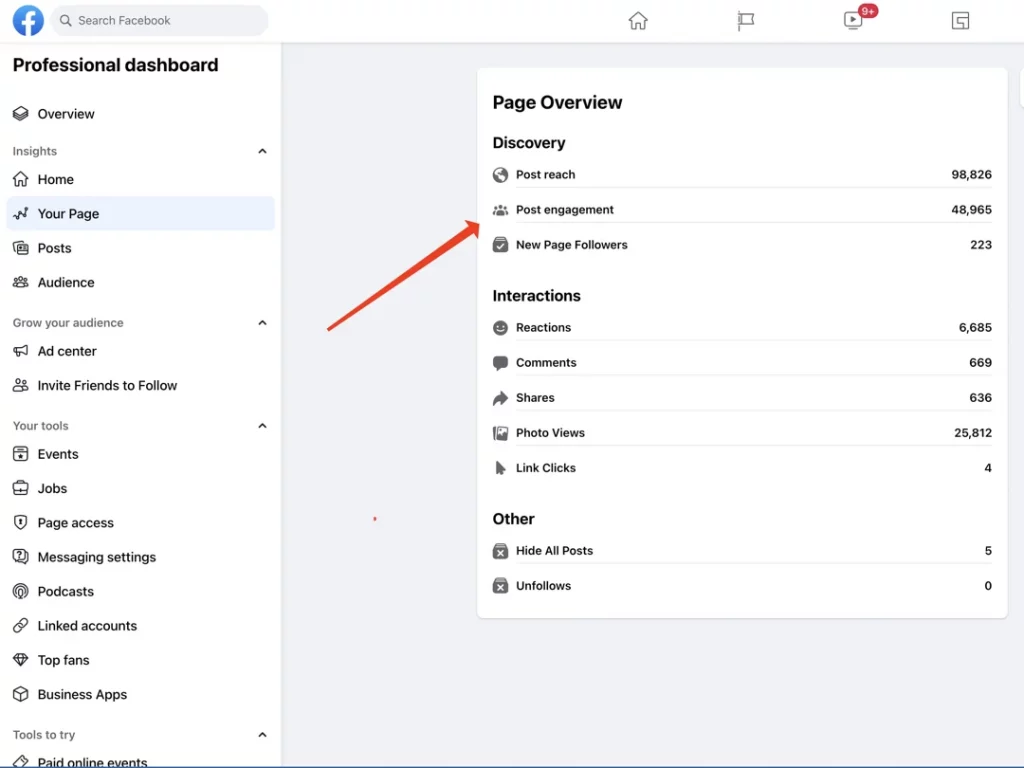
Increasing Engagement
When it comes to social media, engagement is critical. You want to create content that encourages interaction and conversation between you and your followers – whether through comments, likes, or shares.
Encouraging user-generated content is also a great way to increase engagement. User-generated content (UGC) refers to content created by fans and followers of your brand that can be used to promote your brand. This content can be anything from reviews, photos, or videos – all of which are excellent ways for customers to show their support for your brand and share it with their social circles.
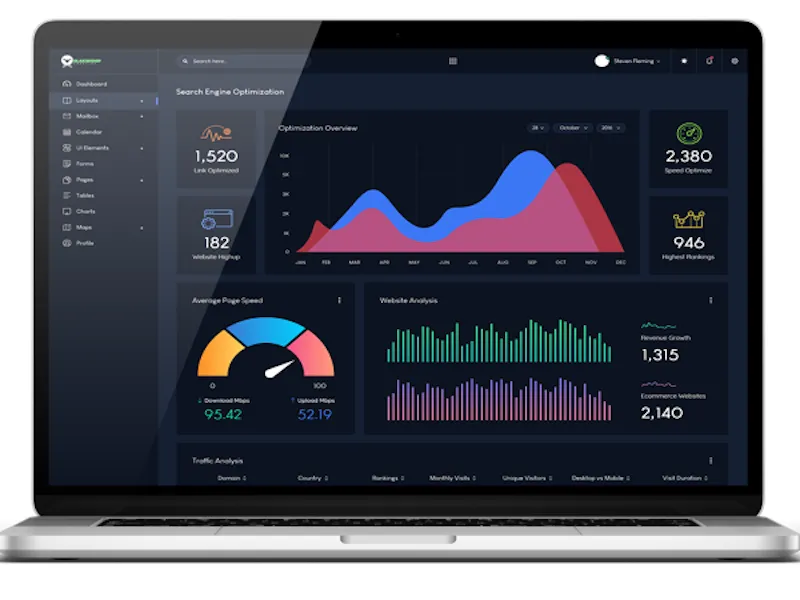
Utilizing Analytics
Analytics is essential when it comes to crafting an effective social media strategy. By analyzing data such as reach, impressions, and engagement rates, you can gain valuable insights into what’s working and isn’t. This allows savvy business owners to track the performance of their performance, understand their target audience better and make adjustments: Here are some standard social media analytics:
- Reach – How many people saw your content
- Impressions – How many times was your content viewed
- Engagement rate – The number of interactions (likes, comments, shares) divided by the total number of impressions
- Click-through rate – Number of clicks on a link divided by the total number of impressions
- Conversion rate – Number of conversions (sales) divided by the total number of visitors
Understanding and tracking these analytics allows you to tweak your strategy over time to ensure maximum impact.
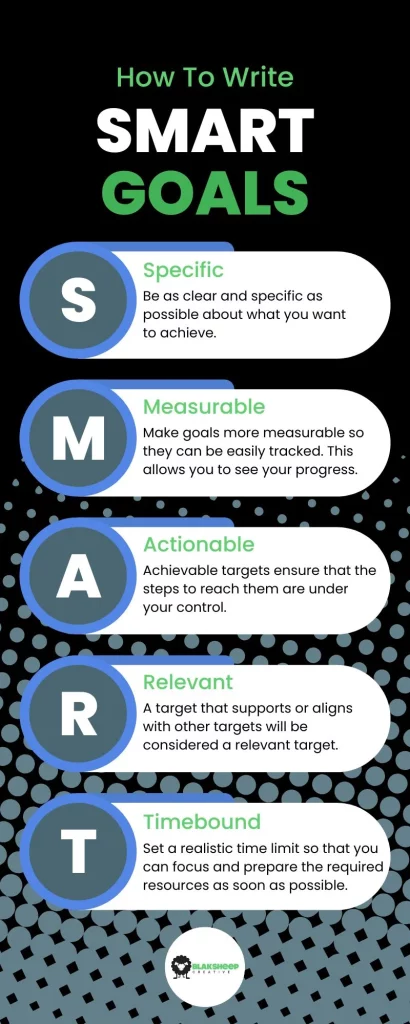
Tracking Progress Towards Goals
Now that you have a better understanding of what content works and which metrics to track, you can start tracking your progress toward your goals. Whether it’s increasing brand awareness, generating leads, or driving sales, setting specific goals and objectives allows you to measure success and make changes as needed.
Ready to unlock the secrets of measuring brand awareness? Explore the world of metrics and insights! Discover how impressions, reach, engagement rate, followers, likes, and more can shape your strategies for maximum impact. Dive into the article now and take your brand awareness to new heights!
Defining Your Goals
Setting goals is an essential part of any digital marketing strategy. When done right, goal setting can help organizations stay focused on their goals, measure progress over time, and track performance. SMART goals are a great way to ensure that you can analyze your results and accurately make necessary adjustments.
SMART stands for Specific, Measurable, Achievable, Relevant, and Time-bound. It’s crucial to have all five elements when constructing your goals for them to be effective.
Specific
First, all the goals must be specific – avoiding vague language and instead giving concrete examples such as “increase website traffic by 10% within three months” or “obtain 500 email subscriptions by next quarter end,” etc.
Measurable
The second element is making sure that each goal is measurable. This helps determine whether or not it has been achieved; for example, tracking how many people visited the website versus last month or how many email signups were obtained throughout the year, etc.
Achievable
Also important is ensuring that the goals are achievable within the given timeframe; setting an unrealistic goal can lead to failure and frustration. For example, if your organization has never had more than 100 email subscribers, selecting a goal of 1,000 may not be achievable within the given timeframe.
Relevant
The fourth element is relevance. Goals must be relevant to the business and its objectives; for example, increasing website traffic won’t help if the ultimate aim is to increase sales.
Time-Bound
The last element is time-bound – deadlines must also be included so that there is an endpoint in mind. Otherwise, it can become difficult to assess performance as there won’t be anything to compare against (e.g., “get 100 sign-ups in 1 week” vs. “get 100 sign-ups by next quarter end”).
Creating SMART goals often involves understanding what data points you will need to measure progress over time (impressions/reach/CTR/AOV/CLV etc.), which metrics will be used for tracking (website visits /email subscriptions /sales revenue generated), what success looks like (how much % increase do you expect) and so forth – but once you have these answers then you can start constructing your own set of SMART digital marketing goals!

Measuring Brand Awareness
Brand awareness is an essential measure of success in any digital marketing campaign. It tells you how visible your brand is and allows you to assess the impact of your campaigns on your target audience. Measuring brand awareness can help you identify areas that need improvement, track customer response, and make better-informed decisions about future marketing efforts.
Impressions
Measuring brand awareness is one of the most effective ways to measure brand awareness. An impression is a single view of your message, meaning when someone sees one of your ads or posts on social media platforms like Facebook, Twitter, or Instagram. The number of impressions indicates how many people have seen your content and how far it has reached. This helps you understand how successful your campaigns get potential customers.
Reach
In addition to impressions, reach is another critical metric that provides insight into the effectiveness of your campaigns. Reach measures the total number of unique people who have seen your message over a set time, giving you an idea of how many people were exposed to it regardless if they’ve seen it once or multiple times.
By combining impressions with reach, organizations can gauge how well their messages are being spread and better understand whether their intended target audience has been reached via their advertising efforts.
Engagement Rate
Engagement rate is another useful measurement tool for tracking brand awareness – this metric looks at what percentage (%) of people interacted with your ad/post (e.g., liked it/shared it/commented on it). This gives brands insight into which elements resonated more with their audiences and can be used when creating similar content in the future.
Followers/Likes
Finally, tracking followers/likes across all channels helps provide visibility into what type of content works best for each platform, allowing companies to optimize their accounts accordingly to maximize engagement levels moving forward.
To conclude, there are numerous metrics available today that help businesses measure brand awareness across various channels and platforms – ranging from impressions and reach to engagement rate/followers/likes, etc., all of which provide valuable insights into customer behavior and allow marketers to adjust their strategies accordingly to achieve maximum effectiveness!
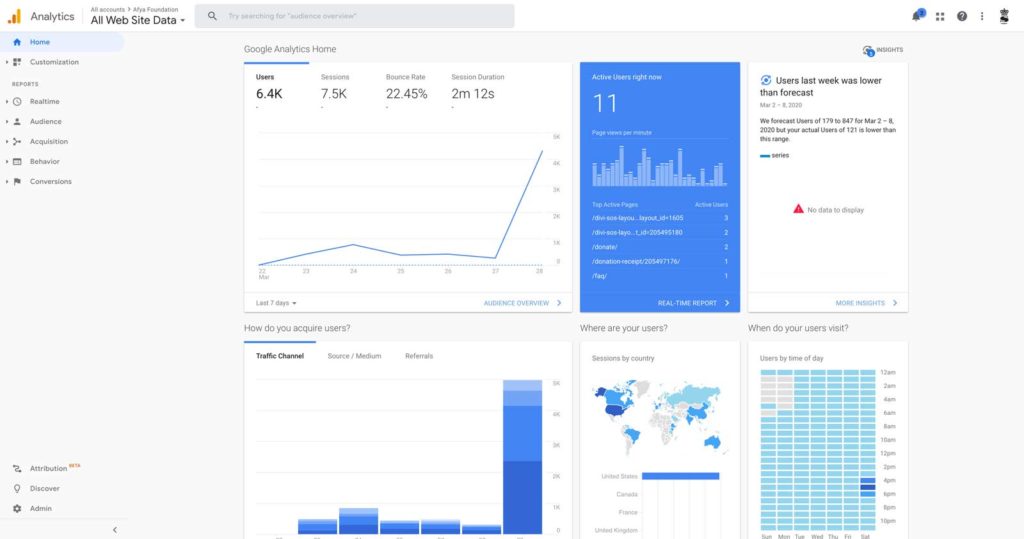
Tracking Lead Generation
Lead generation is essential to any digital marketing strategy, as it helps generate qualified leads that can be cultivated into potential customers. However, to accurately assess the success of your lead generation campaigns, you need to track and analyze key metrics that provide insight into how effectively they are performing.
Website Traffic
Website traffic provides a great starting point; this metric tells you how many people are visiting your site and therefore helps gauge the reach of your campaigns.
Click Through Rate
Additionally, click-through rate (CTR) helps determine how successful your call-to-actions (CTAs) are – measuring the number of clicks per impression/view (e.g., 1,000 impressions/100 clicks = 10% CTR).
Signups/Conversions
It’s also essential to track signups/conversions on landing pages; this gives you an indication as to whether or not visitors are following through with the desired action after seeing the CTA – if conversions are low, then that likely means the copy needs to be improved, and more engaging content should be used instead, etc.
Read our recent blog post to learn how to optimize your landing pages for conversions. It’s not as hard as you may think!
Open Rates for Emails
Moreover, open rates for emails need to be monitored to better understand customer interests and engagement levels. This data can be leveraged for future campaigns with similar topics, etc. Plus, what percentage (%) of leads turn into long-term customers should also be tracked as this provides insight into where improvements could be made moving forward (e.g., improving quality leads/targeting new segments, etc.).
To conclude, tracking metrics such as website traffic, click-through rate (CTR), signups/conversions on landing pages, open rates, etc., allows marketers to honestly assess how effective their lead generation efforts are and make necessary adjustments if needed to maximize results!

Analyzing Sales Figures with Metrics
When it comes to gauging the success of your digital marketing efforts, analyzing sales figures is essential. Looking at key metrics such as average order value (AOV), customer lifetime value (CLV), total revenue generated by campaigns/ads, customer acquisition cost (CAC), and cost per acquisition (CPA) allows you to gain valuable insights into how successful your campaigns are and make more informed decisions about future strategies.
Average Order Value (AOV)
AOV measures the average amount spent in each transaction and can provide valuable data about the effectiveness of individual campaigns. This helps organizations understand which products, services, or promotions are most attractive to customers and enables them to adjust their offers accordingly.
Customer Lifetime Value (CLV)
The CLV metric helps determine how much each customer is worth over time, considering factors such as average spend, number of purchases made, repeat purchases, etc. This provides organizations with a more accurate picture of actual sales performance and can be used to inform strategies for targeting new customers or upselling/cross-selling.
Total Revenue Generated by Campaigns/Ads
By looking at this metric, businesses can assess which campaigns generate the highest returns – whether in terms of AOV or overall revenue – and what sort of ROI they are receiving from their advertising efforts. Moreover, having this information allows companies to allocate resources more appropriately when it comes to future initiatives.
Customer Acquisition Cost (CAC) & Cost Per Acquisition (CPA)
These two metrics provide insight into how efficient each campaign/ad is at generating effective leads/sales – CAC measures how much money was spent to acquire one customer, and CPA looks at the cost required to obtain one deal – both help answer essential questions like “is my budget being optimized?” or “am I spending too much on ads?” etc., allowing marketers to make adjustments as needed.
To summarize, analyzing sales figures with metrics such as AOV, CLV, total revenue generated by campaigns/ads, CAC & CPA, etc., provides businesses with invaluable insight into exactly how effective their digital marketing efforts have been and what changes need to be made in order maximize ROI moving forward!
But what if your campaigns need to see the results you intended? What if your ROI is below your expectations? In this case, it is vital to take a step back and understand why your campaigns are not performing as expected. Analyzing the customer journey can help you identify any weak spots in the funnel and possible solutions for improving them. By looking at the data more closely, you can find new opportunities that could result in tremendous success with your campaigns.
Making Changes To Improve the Success Rate Of Campaigns
It may be necessary to make changes to improve the campaigns’ success rate. This could include anything from refining targeting and personalization techniques, testing different ad copy or creative, tweaking budget allocations, exploring new areas for content promotion, etc., The key is to continue testing and fine-tuning such practices until you find a combination that works best for your business.
In conclusion, understanding key metrics related to digital marketing campaigns is essential for measuring the success of your efforts. Tracking AOV, CLV, total revenue generated by campaigns/ads, CAC, and CPA allows you to assess how well individual campaigns perform and adjust accordingly. Additionally, analyzing customer journeys can help you identify weak spots in the funnel and potential solutions for improvement. Lastly, it is important to continue testing and fine-tuning strategies until you find a combination that works best for your business.
With this knowledge, you can ensure maximum success with your digital marketing campaigns!

Social Media Marketing Can Be Confusing
But it doesn’t have to be. Why waste time learning the ins and outs of each platform when you can hire a professional social media marketer who already knows the ropes?
Our team at BlakSheep Creative has years in social media marketing. We know the ins and outs of each platform, the best practices for optimization, and how to get your content in front of the right people.
Whether you’re looking to launch a new product or just trying to increase brand awareness, we can help. Contact us today and discuss how we can take your social media strategy to the next level.
We hope this has helped you understand key metrics related to digital marketing campaigns and how they can be used to determine success. As you continue your journey, it is essential to remember that social media marketing can be tricky, but with our help, it doesn’t have to be. Get in touch with us today or visit our social media marketing page to learn more about how we can help you maximize success with your digital marketing campaigns!










